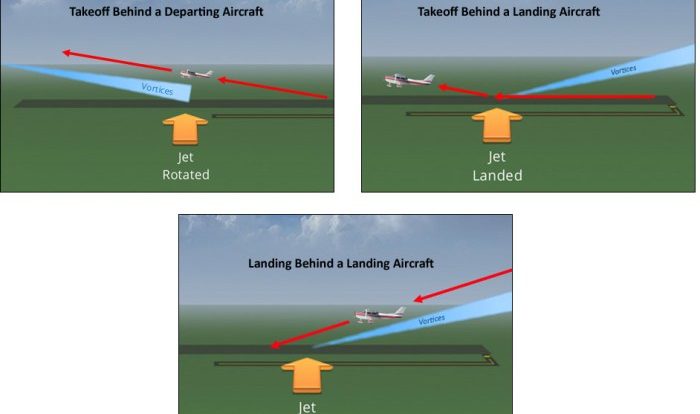A rescue helicopter lifts a 79 kg – As a rescue helicopter embarks on a mission to lift a 79 kg payload, we delve into the intricate world of helicopter capabilities and the scientific principles that govern their operations. This comprehensive analysis will explore the technical specifications, weight calculations, mission parameters, real-world applications, and future developments of this remarkable feat, providing a comprehensive understanding of the complexities involved in such an undertaking.
Helicopter Specifications: A Rescue Helicopter Lifts A 79 Kg
Rescue helicopters are designed for demanding search and rescue operations in diverse and often challenging environments. They are equipped with advanced capabilities to locate, access, and evacuate individuals in need.The weight capacity of a rescue helicopter is a crucial factor in determining its effectiveness.
These aircraft are typically designed to lift heavy loads, including injured personnel, equipment, and supplies. The weight capacity varies depending on the helicopter model and configuration, but many rescue helicopters can lift weights ranging from several hundred kilograms to over a ton.The
design of rescue helicopters incorporates features that enhance their maneuverability and safety during lifting operations. These helicopters often have a compact fuselage and a robust undercarriage to withstand the stresses of carrying heavy loads. They are also equipped with specialized equipment, such as winches, hoists, and cargo hooks, to facilitate the lifting and transportation of objects.
Weight Calculations
Calculating the force required to lift 79 kg involves understanding the principles of buoyancy and aerodynamics. Buoyancy refers to the upward force exerted by a fluid (in this case, air) that counteracts the weight of an object. Aerodynamics involves the study of the movement of air and its effects on objects.To
lift 79 kg, the helicopter must generate an upward force greater than the weight of the object. This force is generated by the helicopter’s rotors, which create lift by spinning rapidly and generating a pressure difference between the upper and lower surfaces of the blades.
The shape and angle of the blades are designed to optimize airflow and maximize lift.The weight distribution of the helicopter is also a critical factor in determining its ability to lift heavy loads. The helicopter’s center of gravity must be carefully balanced to ensure stability during lifting operations.
Proper weight distribution prevents the helicopter from becoming unbalanced or tipping over.
Mission Parameters

Rescue helicopters operate within a specific range of parameters to ensure safety and effectiveness. The typical operating range for these aircraft varies depending on factors such as the helicopter model, weather conditions, and mission requirements.Weather conditions can significantly impact helicopter operations.
Strong winds, heavy rain, and low visibility can reduce the helicopter’s ability to fly and maneuver safely. Rescue helicopters are equipped with advanced navigation and weather detection systems to assist pilots in operating in challenging conditions.Safety protocols and procedures are paramount during lifting operations.
Pilots and crew members undergo specialized training to ensure they are proficient in safely lifting and transporting heavy objects. These protocols include proper load securing techniques, weight distribution calculations, and emergency procedures in case of equipment failure.
Real-World Applications

Rescue helicopters have been successfully utilized in numerous heavy lifting operations, saving lives and providing critical assistance in diverse environments. One notable example is the rescue of a group of climbers stranded on a remote mountain peak. The helicopter was able to lift the climbers and their equipment to safety, despite challenging weather conditions and difficult terrain.While
rescue helicopters offer significant capabilities, they also have limitations. The weight capacity and operating range of helicopters can limit their ability to lift extremely heavy objects or operate in certain conditions. However, ongoing advancements in helicopter technology are pushing these boundaries and expanding the capabilities of these aircraft.
Future Developments

The future of helicopter technology holds exciting prospects for heavy lifting capabilities. Advancements in materials science, aerodynamics, and propulsion systems are expected to enhance the weight capacity and efficiency of rescue helicopters.The use of unmanned aerial vehicles (UAVs) is also gaining traction in rescue operations.
UAVs, commonly known as drones, offer advantages such as increased maneuverability in confined spaces and the ability to carry payloads. They can be particularly useful in situations where traditional helicopters face challenges due to size or accessibility.The integration of advanced technologies, such as artificial intelligence and autonomous systems, will further enhance the capabilities of rescue helicopters.
These technologies can assist in tasks such as obstacle detection, path planning, and load stabilization, improving safety and efficiency during heavy lifting operations.
FAQ Section
What factors influence the weight capacity of a rescue helicopter?
The weight capacity of a rescue helicopter is primarily determined by its size, engine power, and rotor design.
How do buoyancy and aerodynamics contribute to a helicopter’s lifting ability?
Buoyancy provides an upward force that counteracts the weight of the helicopter, while aerodynamics generates lift through the rotation of the rotor blades.
What are the safety protocols and procedures for lifting heavy objects with a helicopter?
Safety protocols include thorough weight calculations, proper rigging and attachment techniques, and adherence to established flight paths.
